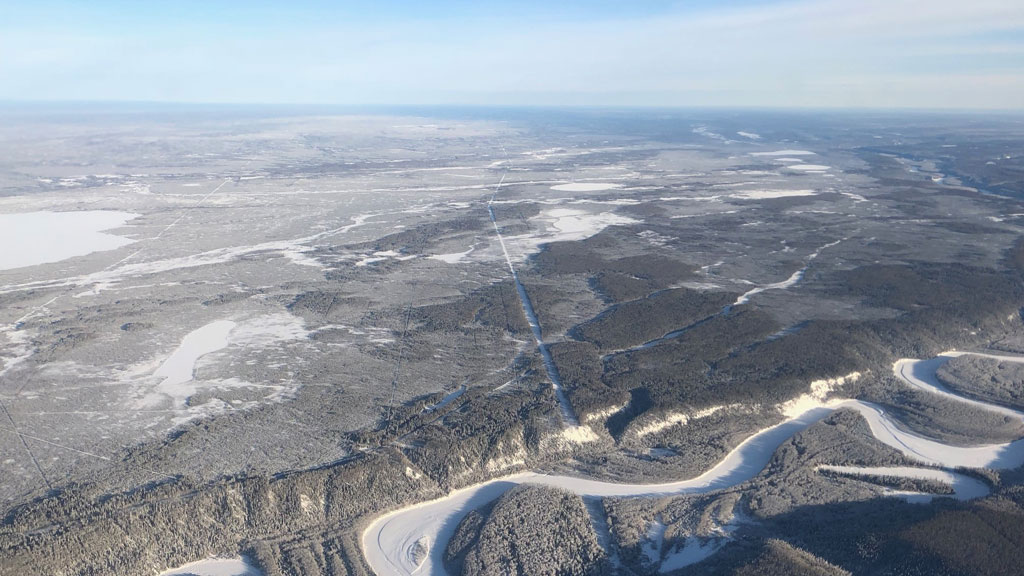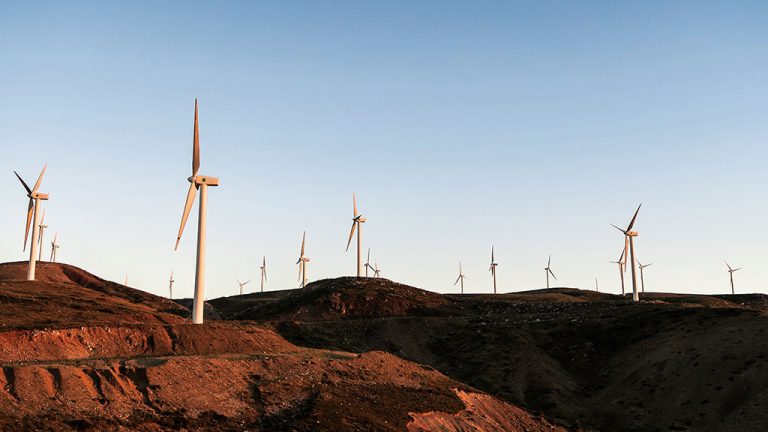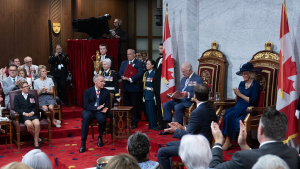Indigenous efforts to advance clean energy projects are being blocked by government policy despite the province’s goal to increase electrification, a new report from the Pembina Institute shows.
Pembina’s analysis shows new sources of electricity will be needed within the next decade to meet CleanBC 2030 targets, in the range of 10.9 TWh to 19.1 TWh, or a 19 per cent to 34 per cent increase in B.C.’s current committed supply of electricity for 2030.
The institute added the gap represents a clear opportunity for First Nations who already have experiencing owning, operating or partnering on nearly 80 grid-tied renewable energy projects.
“Satisfying a portion of the forecasted growth of 10.9 – 19.1 TWh in electricity supply through First Nation projects is a significant opportunity to increase support for Indigenous leadership in the energy sector, and would also fulfill the objectives of the Declaration on the Rights of Indigenous Peoples Act (DRIPA), providing an avenue for self-determination and economic betterment,” stated the report. “Right now, the lack of economic opportunities for First Nations in the renewable energy sector is a violation of the spirit of DRIPA.”
The report notes there are at least 13 First Nation grid-tied renewable energy projects, representing 807 MW of capacity – enough electricity to power 188,000 homes – that are shovel-ready and can sell power to the grid. But they have been halted by government policy.
This includes the suspension of the Standing Offer Program and energy forecasting that does not recognize the need for additional energy until after 2030. This modelling contradicts Pembina and its partners own modelling.
In 2008 the Standing Offer Program was introduced to encourage the development of small clean or renewable electricity projects throughout B.C.
In 2019 the program was indefinitely suspended, removing policy support for non-utility electricity generation, gutting the province’s independent power producers (IPP) sector. Roughly 80 per cent of all B.C.’s IPP projects include First Nations participation and supply 14 per cent B.C.’s annual electricity.
“Growth in the IPP sector was accelerated by B.C.’s drive to be energy self-sufficient, coupled with policies that favoured electricity generation from entities other than BC Hydro,” stated the report. “This helped create a strong domestic IPP sector with billions of dollars worth of investment in the province. However, growth has slowed in this sector because Calls for Power have been suspended.”
The report added First Nation clean energy projects currently have a combined power capacity of 2,553 MW which is more than double the capacity of the future Site C dam.
Regarding demand modelling, Pembina explained the reason for the differing conclusions is that the crown utility is not mandated by the B.C. Utility Commission to account for the province’s emission reduction targets.
“Consequently, BC Hydro’s energy plan fails to support B.C.’s climate goals,” stated the report. “Ultimately, however, the province is responsible for directing both the B.C. Utility Commission and BC Hydro to account for legislated targets.”
Pembina is recommending the creation of a First Nation utility/power authority that will “bridge new energy policies in which First Nations act as broker and seller, and advocate for more aggressive energy policies in B.C.”
The group is also asking the province to focus on domestic power rather than importing from the U.S.
“Local energy production promotes self-sufficiency, contributes to a growth economy, presents opportunities for Environmental Social Governance investment to support B.C.’s clean energy transition, and leverages the skills, traditional knowledge and guidance of Indigenous peoples,” they said.
Lastly, the group recommended the B.C. Utilities Commission direct BC Hydro to include climate targets in its resource planning, which will only occur if the commission is required to do so by the province.
“Incorporating emission reductions in their forecasting will reveal the need to substantially increase capacity for renewable energy generation and open the door for Indigenous-led projects to meaningfully participate in the renewable energy sector,” stated Pembina. “By moving in this direction, the B.C. government can advance numerous benefits — environmental, social, economic, and rights-based — that support Indigenous self-determination and healthy, sustainable communities as is legally required by B.C.’s Declaration on the Rights of Indigenous Peoples Act.”
Follow the author on Twitter @RussellReports.











Recent Comments
comments for this post are closed